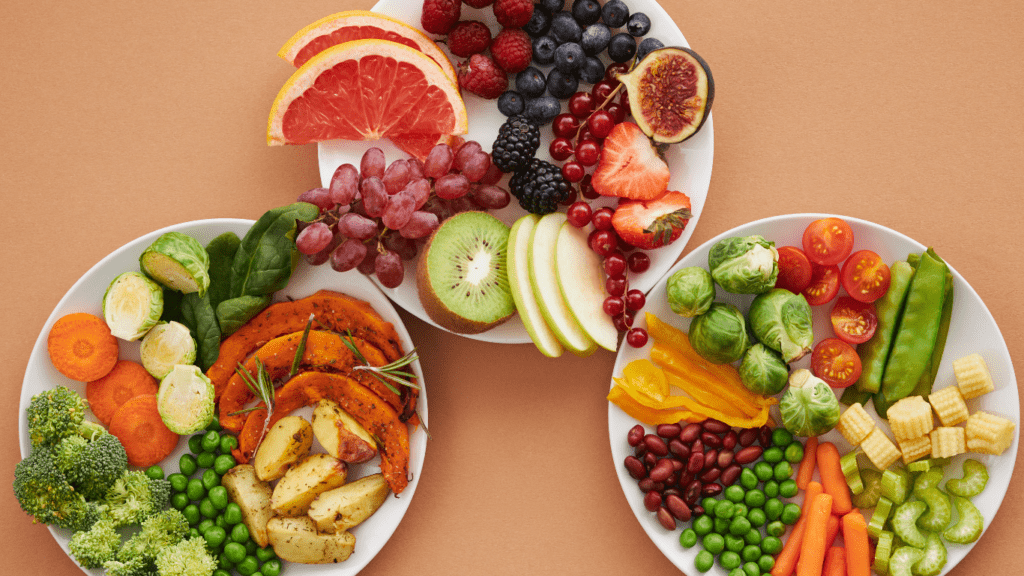Understanding Waste Reduction
Reducing waste is not just about helping the environment. It’s also about improving our quality of life and creating a sustainable future. This section explores why waste reduction matters and identifies common sources of waste in daily life.
Why It’s Important
Waste reduction is crucial for several reasons. Reducing waste helps conserve resources. Non-renewable resources are finite and excessive consumption depletes them quickly.
Waste reduction minimizes the amount of waste sent to landfills. Landfill space is limited and overfilled landfills contribute to pollution.
Lastly, producing less waste cuts down on emissions. Manufacturing and disposal processes emit greenhouse gases, harming the environment.
Common Sources of Waste in Daily Life
Many everyday items contribute significantly to waste.
- Single-use Plastics – Items like plastic bags, straws, and bottles are frequently used once then discarded. For instance, Americans use approximately 100 billion plastic bags annually.
- Food Waste – An estimated 30-40% of the food supply ends up as waste. This occurs in homes as leftovers or expired products.
- Packaging – Many products come with excessive packaging. Cardboard, plastic wrap, and Styrofoam are common packaging materials that end up in the trash.
- Paper Products – Items like paper towels, napkins, and disposable plates contribute to waste. The average American uses over 700 pounds of paper products each year.
- Electronics – Obsolete gadgets, including phones and computers, create e-waste. Only 20% of e-waste gets recycled properly.
By understanding these sources, individuals can take steps to reduce their waste and make a positive impact on the environment.
Simple Practices to Reduce Kitchen Waste

Reducing kitchen waste is manageable with a few smart strategies. By making small adjustments, we can significantly cut down on waste without extensive effort.
Smart Grocery Shopping
Plan meals before grocery shopping to avoid overbuying. Prepare a detailed list and stick to it while shopping. This helps in buying only what’s necessary.
Choose products with minimal packaging and bring reusable bags to avoid single-use plastics. Buy in bulk when possible to reduce the amount of packaging per unit.
Composting Basics
Start composting to recycle organic kitchen waste. Use a compost bin such as:
- fruit
- vegetable scraps
- coffee grounds
- eggshells
Keep the bin in a convenient spot to encourage regular use.
Avoid composting meat, dairy, and oily foods since they can attract pests. After a few months, use the compost to enrich garden soil, which reduces the need for chemical fertilizers.
Minimizing Usage of Single-Use Products
Reducing single-use products decreases overall waste and its environmental impact. By making small, manageable changes, you can significantly reduce waste in your daily life.
Alternatives to Plastic Utensils and Straws
Replacing plastic utensils with reusable options reduces plastic waste. Use stainless steel or bamboo utensils, which are durable and eco-friendly.
Similarly, opt for metal, bamboo, or silicone straws instead of plastic ones. These alternatives are not only better for the environment but also more cost-effective over time.
Benefits of Reusable Containers and Bottles
Using reusable containers and bottles dramatically cuts down the number of plastic bottles and containers that end up in landfills. Glass, stainless steel, and BPA-free plastic options are safe and durable.
Reusable containers minimize the need for single-use plastics, lower environmental footprint, and often come in a variety of sizes suited for different needs.
Efficient Energy Use at Home
Efficient energy use helps reduce waste and lower utility bills. Here are some practical tips.
Reducing Water Waste
Conserving water involves small changes. I fix leaks promptly, as a dripping faucet can waste 3,000 gallons per year. I install low-flow showerheads and faucets, which reduce water usage by up to 50%. Using a dishwasher instead of washing dishes by hand saves water, but I only run it when it’s full.
Optimizing Electrical Appliances
Using energy-efficient appliances significantly cuts energy waste. I choose appliances with the ENERGY STAR label, which use 10-50% less energy.
I unplug devices when not in use, as many electronics draw power even when off. I set my thermostat to an optimal temperature; in winter, it’s set to 68°F and in summer, to 78°F. This simple habit saves up to 10% on heating and cooling bills.
Encouraging a Minimalist Lifestyle
A minimalist lifestyle makes waste reduction easier by focusing on mindful consumption. It involves owning fewer items, making thoughtful purchases, and prioritizing quality over quantity.
Benefits of Owning Less
Owning fewer possessions reduces clutter, making living spaces easier to manage and clean. Fewer items also mean less waste, as there’s a decreased need for replacements and disposables.
Financial savings occur because less spending on non-essential goods promotes better financial health. Mental clarity improves since a clutter-free environment promotes focus and reduces stress.
Tips for Responsible Purchasing
Research items before buying to ensure they’re versatile and durable. Invest in high-quality essentials instead of short-lived trendy products.
Opt for second-hand stores or online marketplaces to find pre-owned items in good condition. Choose products with minimal or recyclable packaging to cut down on waste. Lastly, consider the lifecycle of products and select those with repairable parts or recyclable materials.
 Ruby Miller - Eco Specialist & Contributor at Green Commerce Haven
Ruby Miller is an enthusiastic advocate for sustainability and a key contributor to Green Commerce Haven. With a background in environmental science and a passion for green entrepreneurship, Ruby brings a wealth of knowledge to the platform. Her work focuses on researching and writing about eco-friendly startups, organic products, and innovative green marketing strategies. Ruby's insights help businesses navigate the evolving landscape of sustainable commerce, while her dedication to promoting eco-conscious living inspires readers to make environmentally responsible choices.
Ruby Miller - Eco Specialist & Contributor at Green Commerce Haven
Ruby Miller is an enthusiastic advocate for sustainability and a key contributor to Green Commerce Haven. With a background in environmental science and a passion for green entrepreneurship, Ruby brings a wealth of knowledge to the platform. Her work focuses on researching and writing about eco-friendly startups, organic products, and innovative green marketing strategies. Ruby's insights help businesses navigate the evolving landscape of sustainable commerce, while her dedication to promoting eco-conscious living inspires readers to make environmentally responsible choices.
